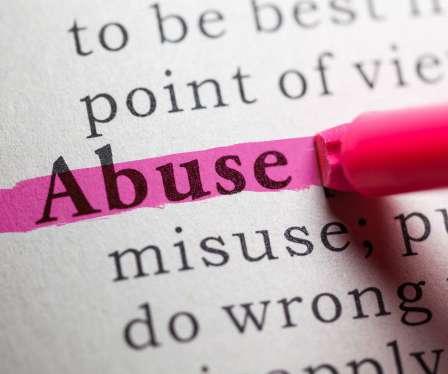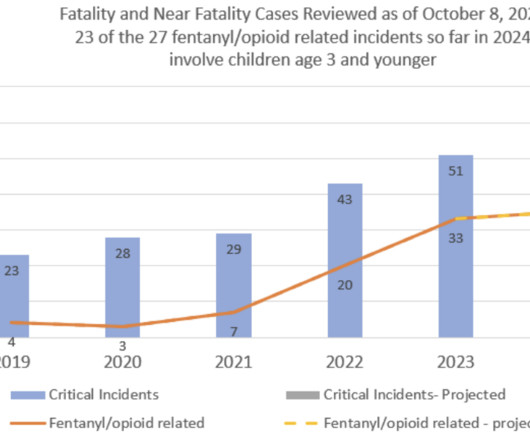How equipped is children’s social work for digital safeguarding?
Community Care
FEBRUARY 12, 2024
Our work seeks to develop innovative ways in which children and young people can digitally and safely self-refer to children’s social care, allowing them to communicate harms and experiences in real time. By Corinne May-Chahal and Sarah Carlick Many think digital safeguarding is about staying safe online but it means much more.














Let's personalize your content